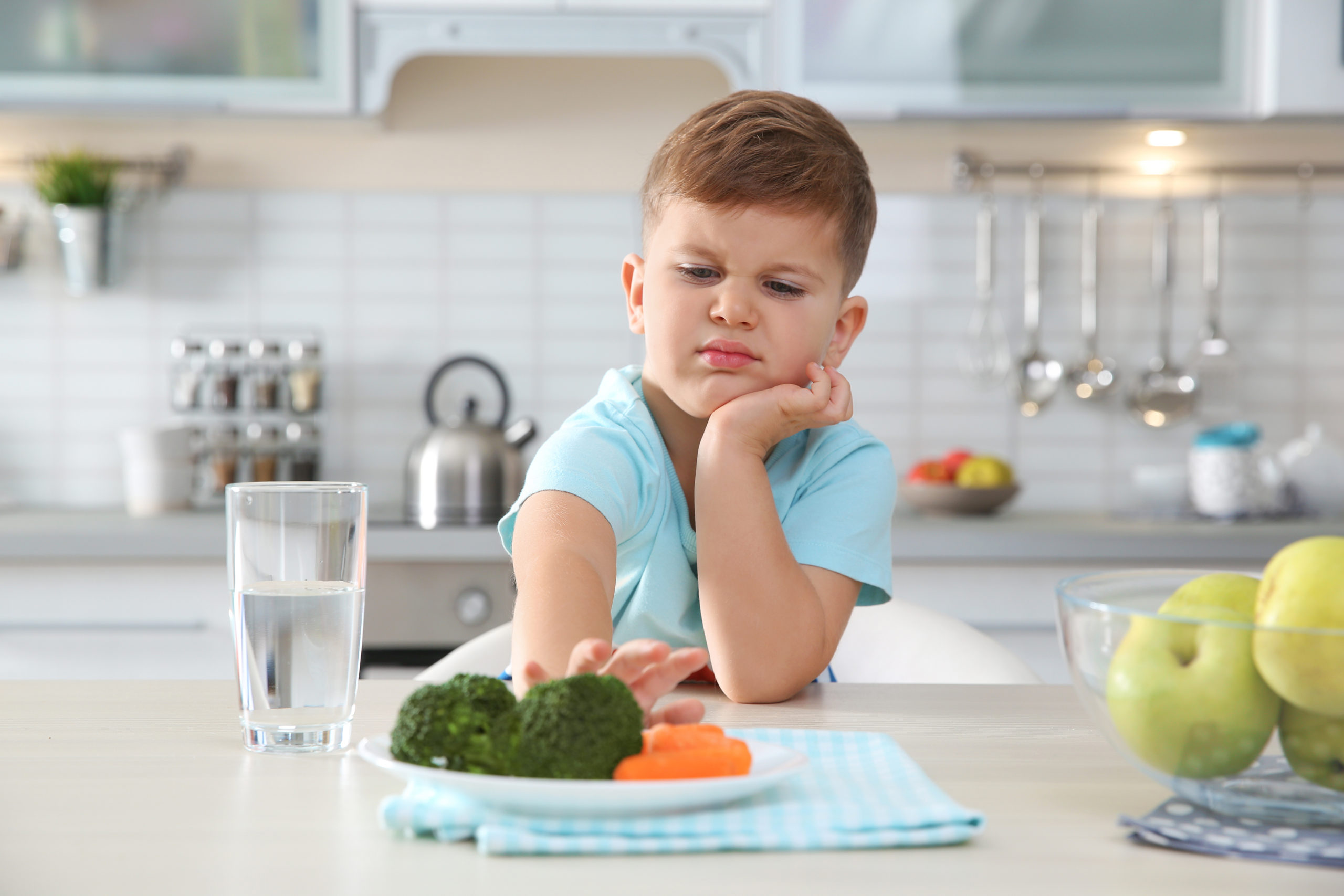By Katherine Allen
As far as childhood eating is concerned, everyone will have a horror story to tell about the tribulations of getting their toddlers to eat food generally considered to be “good for them”. Whether it is telling your little one that they won’t get any ice cream until they have eaten the green items on their plate or sitting at a table for a couple of hours trying to cajole them into eating just one more brussel sprout, every parent will have tried a multitude of strategies to get their child to comply.
So which ones work?
Start them early and keep trying.
Research led by University College London published in the British Journal of Nutrition in 2015 showed that babies who were fed an assortment of vegetables repeatedly when they were first weaned were more likely to try, accept and like new vegetables as they grow.
Everyone has seen a baby or young toddler screw up their face in apparent disgust when they are fed something new for the first time. That does not necessarily mean they do not like it. That may be a reaction to tasting something for the first time. It may be that when they get used to the taste, they realize they like it.
If your toddler does not like a vegetable that you have cooked one way, will they like it cooked differently? Steamed carrots may not be their thing, but roasting them might turn a hated vegetable into a hit.
Veggies in disguise
Your child might refuse to eat a vegetable that looks like a vegetable! With all the kitchen gadgets available these days, you can easily turn vegetables into something else. Turn them into a puree or a sauce that you can dip other food items into or add vegetables to fruit and turn them into a juice or a smoothie. Incorporate the veggies into a favorite dish—as pizza toppings or in pasta dishes, for example.
Chances are that if you give your toddler a dish that they have tried before and they know they like, they will not immediately notice that a few vegetable items have sneaked their way into it.
Get the fun factor
Toddlers are attracted to all things that are colorful and look like they might be fun. The good thing about vegetables is that they come in a range of colors that can be chopped up so that they can be presented in a way that is appealing to your little one. Arrange the food on the plate in a picture— a smiley face, a car, a flower, a rainbow. Turn the spoonful of vegetables into a game—the spoon is a train and your toddler’s mouth is the tunnel, for example. This strategy’s effectiveness may be short-lived as they may get wise to it, but hopefully, it will help for long enough that your toddler will get used to and even enjoy the taste of the vegetables.
A number of parents of young children were questioned in preparation for this article, and all of them had a slightly different approach that worked for them. There is no right or wrong answer! Find what works for you and your toddler and stick with it. Finally, do not expect your toddler to like every vegetable. Why should they? Most adults have at least one vegetable they could do without! If your toddler eats more vegetables than they leave, then you are winning.








Leave A Comment